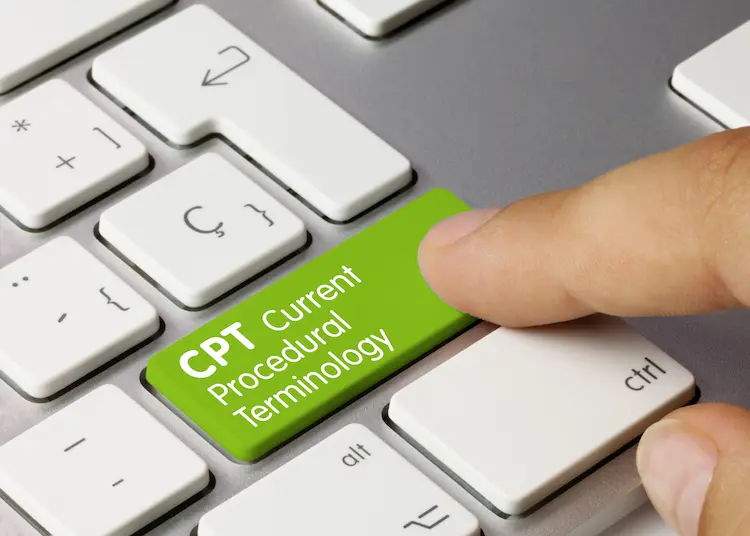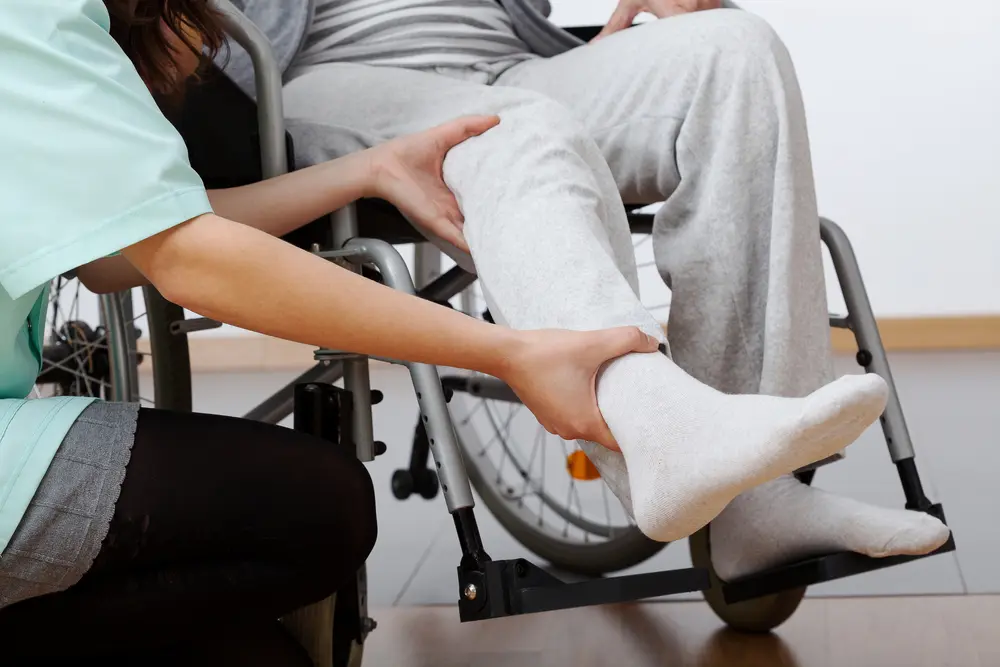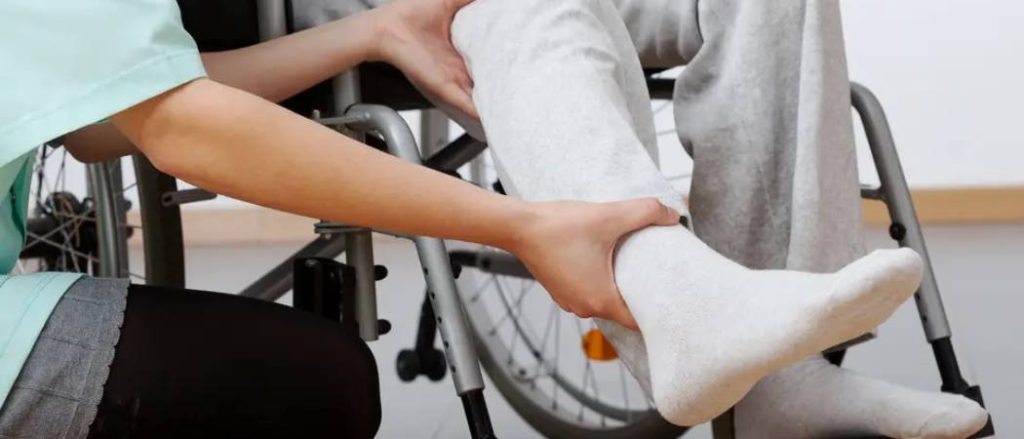Medical coding is pivotal for healthcare billing, assigning universally accepted codes to medical services to guarantee appropriate compensation.
Central to this is the CPT code, which ensures every procedure’s medical necessity is accurately depicted, thus guaranteeing appropriate patient care.
Within this system, a crucial subset pertains to wheelchair management. This article explores the wheelchair CPT code in depth.

Defining CPT Codes
Endorsed by the American Medical Association, these alphanumeric codes describe specific medical, surgical, and diagnostic services.
They ensure transparent medical billing and help health insurance companies, including Medicare insurance, pinpoint services a patient receives.
For physical and occupational therapists, being familiar with specific codes like the 97542 wheelchair management code is paramount.

Dive into Wheelchair Management CPT Code
Wheelchair management, as a critical component of rehabilitation therapeutic procedures, involves a comprehensive wheelchair assessment to determine a patient’s need for a wheelchair. But it’s not just about the need. It’s about ensuring the patient has the right fit, maintains a sitting balance, avoids pressure points, and can maneuver the wheelchair independently.
The CPT 97542, also known as 97542 wheelchair management, specifically caters to wheelchair assessment, fitting, and training every 15 minutes. This service is predominantly offered by physical therapists and occupational therapists. They assess the patient’s strength and sitting balance and ensure optimal safety while the patient uses the wheelchair. It’s all part of an active treatment plan designed to promote the patient’s abilities and functional goals.
Moreover, when a provider assesses the medical complications or other potential challenges that might affect a patient’s ability to use a manual wheelchair, this code becomes even more relevant. The evaluation code associated with wheelchair management ensures that every aspect of the patient’s need for a wheelchair, from sitting balance to skin integrity, is covered. Therapists often conduct this wheelchair evaluation in the same session as other therapy services, ensuring a holistic approach to the patient’s care.
Out of curiosity, did you know about the CPT code 97535? It’s associated with self-care and home management training, another essential aspect of physical therapy. Similarly, the CPT code 97755 deals with assistive technology assessments, whereas CPT code 97112 is related to neuromuscular re-education.
The Importance of Accurate Wheelchair Management
Proper management is not merely about ensuring a patient can access a mobility device. It’s a comprehensive process that takes into account the patient’s overall health, daily needs, and any medical complications. From understanding the need for a wheelchair to detailed wheelchair assessments that gauge sitting balance and the ability to avoid pressure points, accuracy is crucial.
When a patient is assigned a manual wheelchair, therapists ensure that the device offers the best possible comfort and safety. After all, this isn’t just a mode of transportation; for many, it’s an extension of themselves, and they’ll likely spend a significant amount of time in it. Physical and occupational therapists take this very seriously. They draw upon their professional skills and the code 97542, or management CPT code, to offer services tailored to the patient’s unique needs, from wheelchair fitting to training them on maneuverability.
Practical Applications
In daily patient care, the management CPT code is essential. Therapists utilize it when assessing a patient’s need for a wheelchair or during a wheelchair evaluation to determine appropriate sitting balance and techniques to avoid pressure points.
From a physical therapy standpoint, this code is instrumental in wheelchair fitting and training every 15 minutes, ensuring patients can operate their devices safely. On the administrative side, code 97542 is integral for accurate billing, ensuring that the patient and the care provider are fairly and transparently treated during the financial process.
Understanding the Variations
While CPT code 97542 is pivotal, nuanced sub-codes or modifiers can apply in specific scenarios.
It’s critical for physical and occupational therapists to be aware of these variations to ensure proper billing and treatment. Furthermore, with the dynamic nature of the medical field, changes or revisions to CPT codes are inevitable, reinforcing the importance of regular updates and training for practitioners.
Future of Medical CPT Coding
The world of medical coding is continuously evolving, with technology playing a significant role. AI and automation, for instance, are being integrated into the coding process, making it more efficient and error-free.
These advances can dramatically change how CPT codes, like the management CPT code, are utilized and updated soon.
Conclusion
Accurate CPT coding is the bedrock of effective patient care and transparent medical billing. It’s more than just numbers; it represents the services, treatments, and trust between a patient and their healthcare provider.
Medical professionals should strive for precision and continuously educate themselves on coding updates.
FAQs
Q1: Can the wheelchair management CPT code change over time?
A1: Updates and revisions can occur. This highlights the importance for professionals to stay informed about these changes to ensure accurate billing and appropriate patient care.
Q2: Are there penalties for misusing or misreporting the management CPT code?
A2: Absolutely. Misreporting can result in claim denials, financial repercussions, and potential legal consequences. Accuracy is paramount in medical coding.
Q3: How often should medical professionals update their knowledge?
A3: Consistently. The American Medical Association and other governing entities can introduce changes annually or more frequently, depending on medical advancements or administrative needs.

